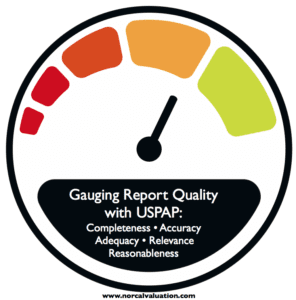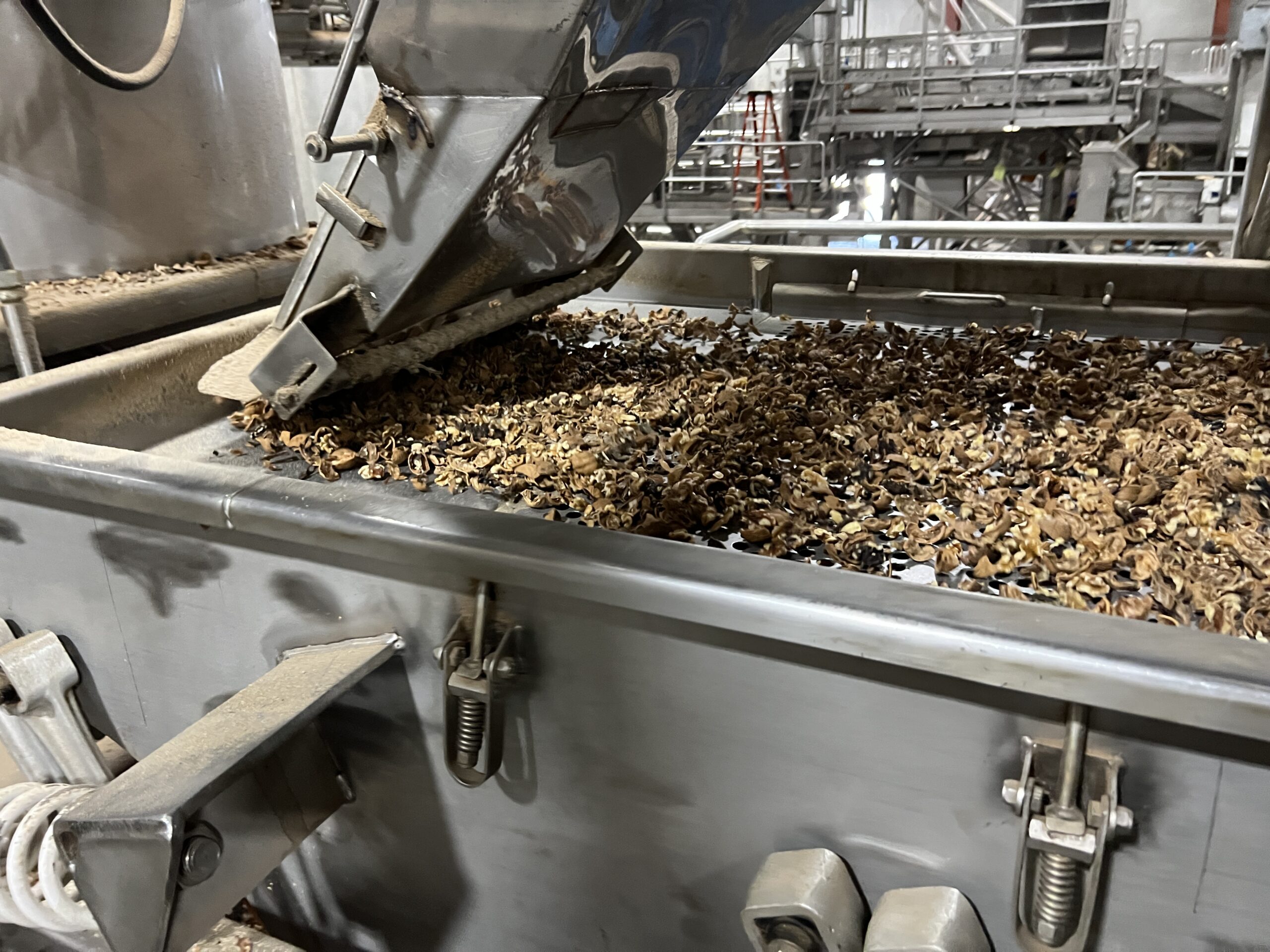
This mixture of experience, knowledge, skill and training all contribute to the appraiser’s ability to appropriately and thoroughly identify and understand the appraisal situation and then to provide an appraisal that meets USPAP criteria in the 5 areas of accuracy, reasonableness, relevance, adequacy and completeness, as discussed in USAP Comments regarding Standards Rule 3-3(a).
It turns out that directly judging an appraiser’s competency can be a tricky and unrewarding process as well as exposing the reviewer to charges of liable and defamation. A more pertinent and useful approach in appraisal review — or expert rebuttal report — is to focus on reviewing the appraisal—not the appraiser—using the 5 qualities suggested by USPAP.

An Appraisal Institute article states that defamation lawsuits targeting appraisal reviews are on the rise and suggests that “The best way to minimize the risk of a defamation claim is to stick to the assignment and simply review the appraisal.” In the American Society of Appraisers Appraisal Review classes (ARM 201 & 204), we emphasize that this means reviewing the appraisal report and not the appraiser who produced it. An appraiser’s job is to present a report that clearly and competently explains a story of value. An appraisal reviewer’s job is to gauge the degree to which that story is supported within prescribed USPAP limits of accuracy, reasonableness, relevance, adequacy and completeness.
Jack Young, ASA—MTS/ARM, CPA
NorCal Valuation Inc.




